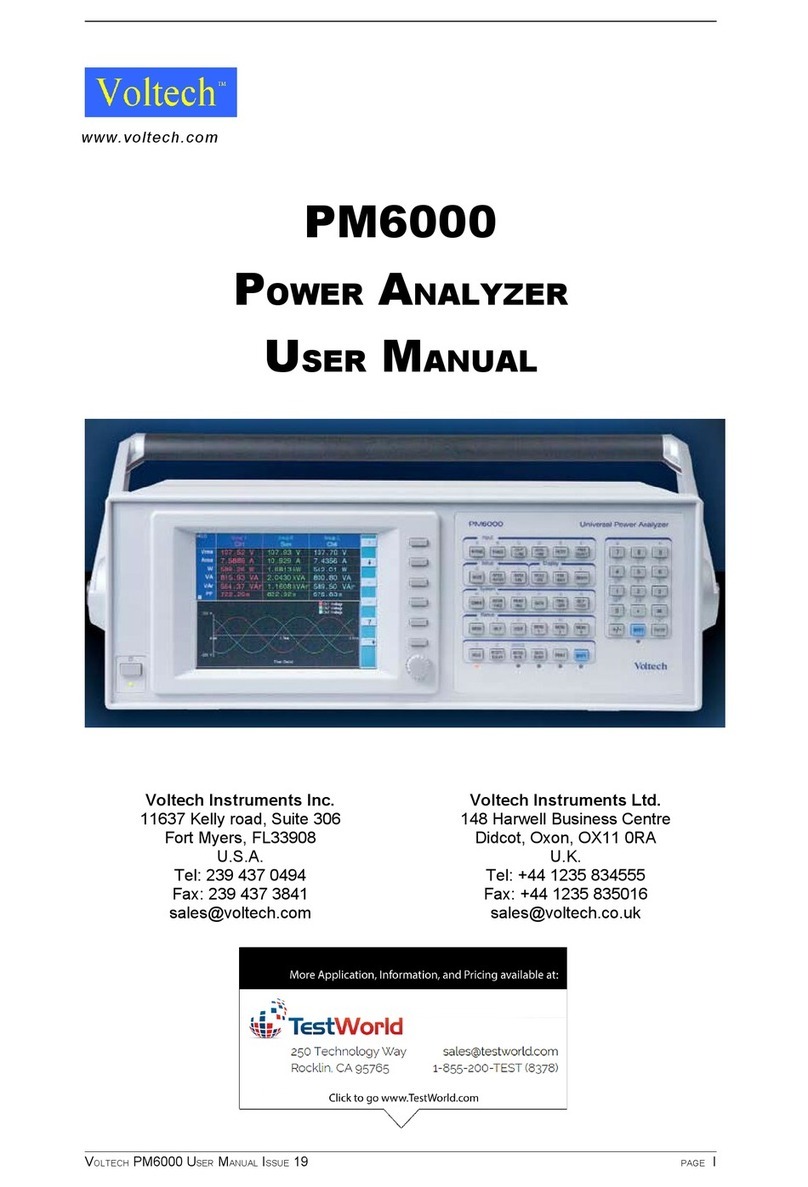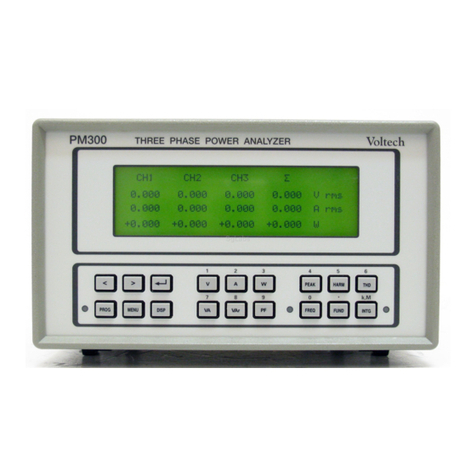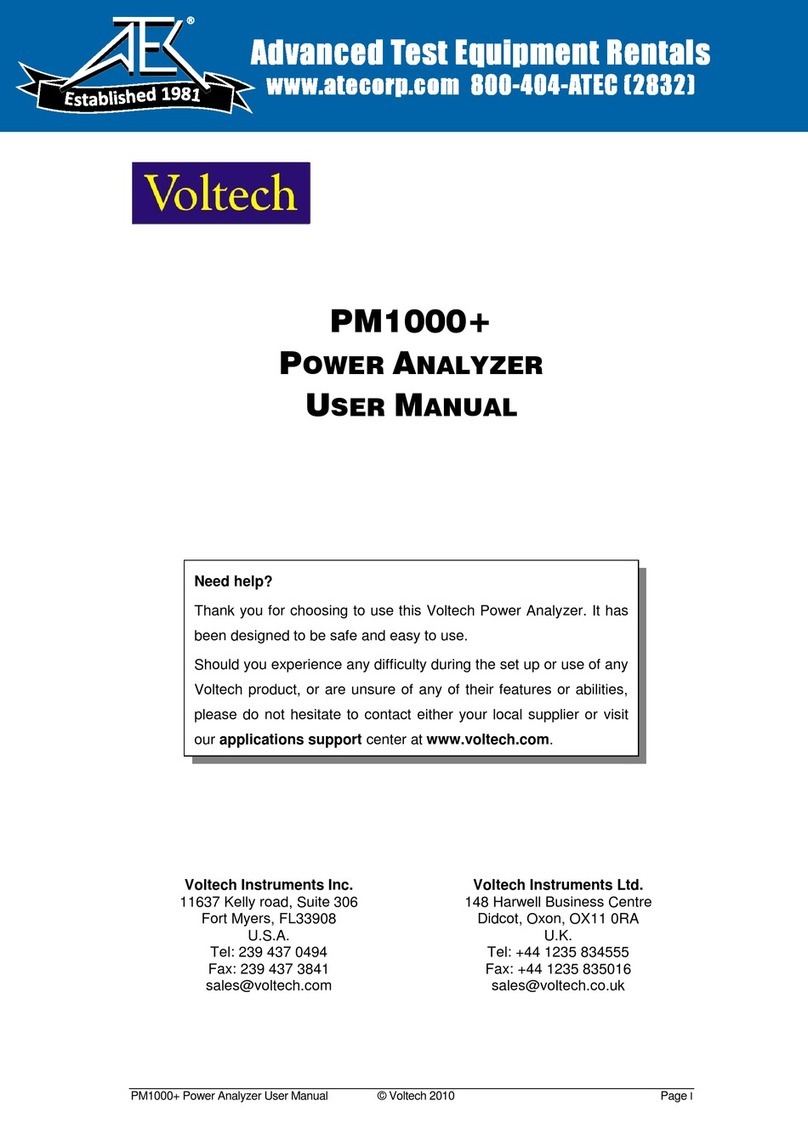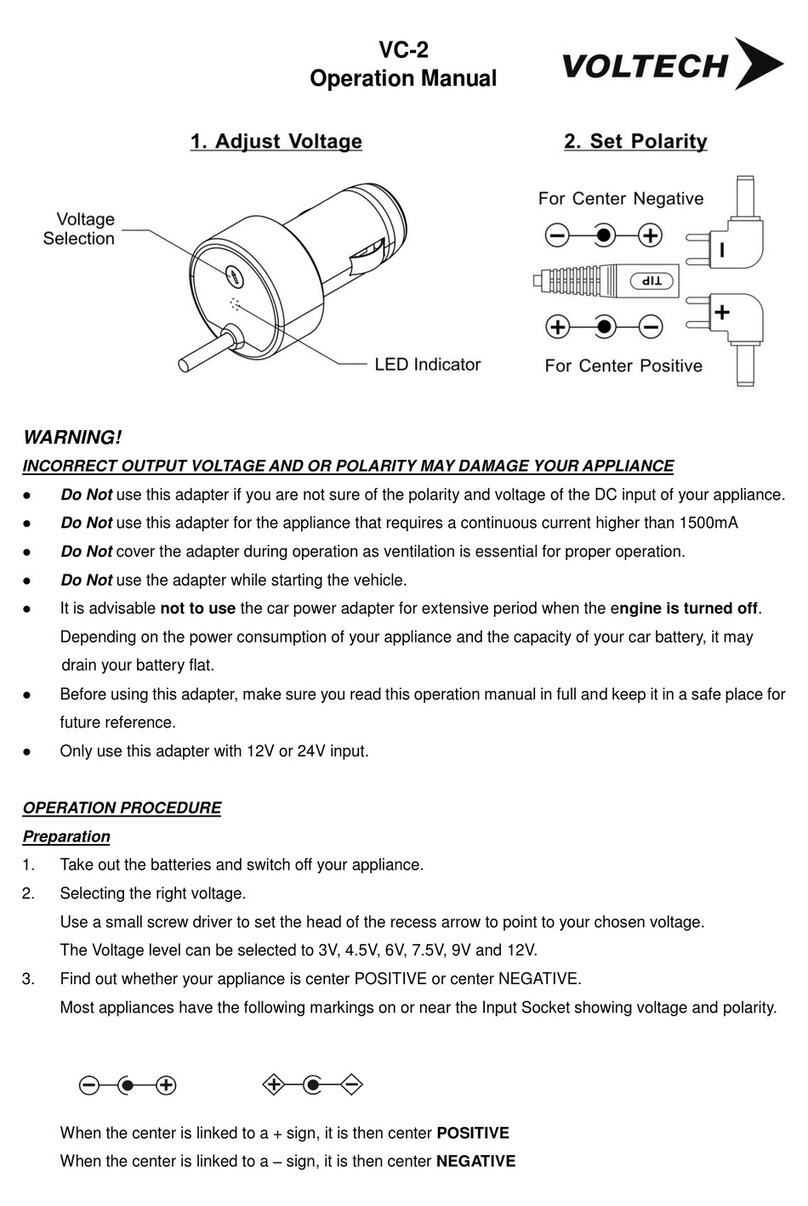
Table of Contents
1. Introduction.................................................................. 1
1.1. Standards Implemented By This Software ........................................ 1
1.2. How These Standards are Referenced ............................................... 4
1.3. General ............................................................................................... 5
2. What is IEC61000-3?................................................... 6
2.1. Background ........................................................................................ 6
2.2. Test Equipment Required................................................................... 9
2.3. Equipment Classification - 2001 Standard ...................................... 13
2.4. Limits ............................................................................................... 16
3. Installation.................................................................. 18
3.1. PC Requirements.............................................................................. 18
3.2. IEEE 488 Interface Cards supported................................................ 19
3.3. Power Analyzers Supported............................................................. 19
3.4. Installing the Software To Your PC................................................. 20
3.5. Registering the Software.................................................................. 21
3.6. Transferring the Software to a Different PC.................................... 22
3.7. Setting up your IEEE488 interface card .......................................... 23
4. Getting Started........................................................... 26
4.1. Starting the Software........................................................................ 26
4.2. Setting Up the Test Equipment ........................................................ 26
4.3. Set-up Power Analyzer and AC Source Communications .............. 27
4.4. Setup AC Source.............................................................................. 30
4.5. Power Analyzer Shunt and Scaling.................................................. 33
4.6. Entering a New Product ................................................................... 34
4.7. Configuring a Fluctuating Harmonics Test...................................... 37
4.8. Performing a Harmonics Test .......................................................... 42
4.9. Changing Test Details...................................................................... 44
4.10. Viewing Results ............................................................................. 45
4.11. Viewing Fluctuating Harmonics Results ....................................... 46
4.12. Performing a Repeatability Test .................................................... 55
4.13. Performing a Flicker Test .............................................................. 57
4.14. Performing a Manual Switching Test ............................................ 64
































